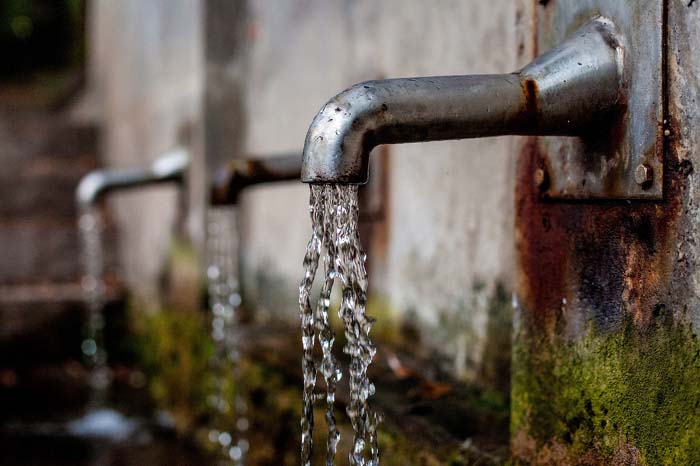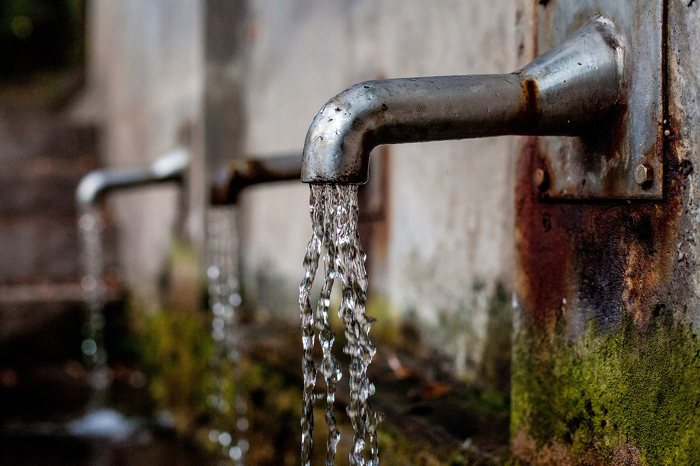
Keeping the facility clean minimizes corrosion due to hard water minerals left behind from improper chemical treatment. This, in turn, increases efficiency and extends the life of equipment. CIP chemicals play an important role in cleaning, but choosing the right chemical for your operation is critical.
Chemically cleaning the interior of equipment, tubing, and pipelines is called cleaning in place (CIP). Picking the right Cleaning-in-place chemicals requires careful consideration. The CIP method applies to any pipe system, whether a run-around loop, a closed pipe loop, an open-ended pipe, or something else. The system’s high-velocity and high-pressure cleaning fluid flushes out the pipes and other internal surfaces of any buildup. When there is going to be a period of time when no fluid is flowing through your system, including during off-hours or shutdowns, you should apply cleaning-in-place.
When choosing CIP chemicals, it is essential to consider:
- Usage:
Depending on the construction material (e.g., aluminum, stainless steel, carbon steel, or copper) or the number of tube passes, not all items will work with all piping systems or heat exchangers.
- Heat Resistance:
Contrary to popular belief, not all chemicals are equally resistant to high temperatures. Fluids used in Clean in place typically have temperatures between 70 and 85 degrees Celsius. You’ll need to select CIP chemicals that effectively clean your surfaces at this higher temperature.
Make sure the CIP chemicals you choose won’t react negatively with any other metal in your system. This includes lots of alloys, stainless steel, and carbon steel and is used to make pipes and tubing for heat exchangers.
Make sure to flush with clean water or another chemical that won’t harm any polymer gaskets or rubber used during shutdown when it’s time to restore product flow through the system.
Chemicals commonly used in CIP operations
Nitric Acid
For CIP tasks, nitric acid is an effective solvent. The primary application is to eliminate external exchanger corrosion. Nitric acid can dissolve oils, fatty acids, grease, and other pollutants.
One of the most universal and versatile compounds is nitric acid. For instance, clean the heat exchanger’s inside tubes of various materials, such as carbon deposits and rust. When used properly, nitric acid is relatively safe. Furthermore, this chemical is non-toxic and may be safely rinsed off with water after use. For CIP tasks, it is among the most often used chemicals.
Hydrogen Peroxide
Chemical cleaning and inspection procedures for industrial heat exchangers might use hydrogen peroxide. Combining it with other chemicals, like bleach or citric acid, is common practice during these procedures. Hydrogen peroxide can shorten the time the cleaning agent comes into contact with the heat exchanger’s metal surface to lessen the likelihood of thermal shock and corrosion.
 When applied to metal surfaces, hydrogen peroxide can aid in the breakdown of organic deposits. This allows other CIP chemicals to access and dissolve them more easily. When compared to other CIP chemicals, hydrogen peroxide often needs less time in contact with the metal surface while still effectively penetrating deep deposits. During inactivity, it shields against corrosion and effectively stops the deposition of new sediments.
When applied to metal surfaces, hydrogen peroxide can aid in the breakdown of organic deposits. This allows other CIP chemicals to access and dissolve them more easily. When compared to other CIP chemicals, hydrogen peroxide often needs less time in contact with the metal surface while still effectively penetrating deep deposits. During inactivity, it shields against corrosion and effectively stops the deposition of new sediments.
Because of its ability to oxidize metal surfaces and accelerate corrosion, hydrogen peroxide is not a good choice for chemical infiltration procedures (CIP) in situations where organic growths are not an issue. One way to avoid this is by controlling the pace of hydrogen peroxide’s oxidation using pH. The pH of the hydrogen peroxide solution must be less than 12.5 to prevent metal surface corrosion.
Hydrochloric acid (muriatic acid)
Muriatic acid can dissolve surface contaminants such as corrosion, scale, and rust that water leaves behind. Because it does not get too low or too high, hydrochloric acid is an ideal cleaning agent.
Proper use of hydrochloric acid can mitigate some of its negative effects. Surfaces containing copper alloys must first be protected from hydrochloric acid by applying a protective coating. Further corrosion of the heat exchanger surface can spread into the tubing downstream. Although the acid’s corrosivity will be lowered when a surfactant is added, corrosion will still occur.
Phosphoric Acid
Combining oxygen and phosphorus atoms produces phosphoric acid, a weak mineral acid. Its numerous applications include cleaning metal surfaces and the food and fertilizer industries.
It is perfect for CIP procedures since it can dissolve deposits on metal surfaces. Because of its somewhat acidic hydrogen ions, it is a powerful agent for mineral removal from clean-in-place systems. The acid dissolves mineral deposits and carbon, making them easier to wash away. Additionally, it does this by turning them into soluble compounds.
To clean industrial heat exchangers, a liquid solution of phosphoric acid is sprayed onto the surfaces of the heat exchangers. When part of the liquid evaporates due to the surface heat, it dissolves any mineral or carbon deposits that may have formed on the metal.
To minimize chemical interactions with other process chemicals that could lead to less effective cleaning, phosphoric acid cleaning is often done without using other CIP chemicals.
Sodium Hydroxide
The typical industrial preparation of sodium hydroxide involves dissolving sodium carbonate in water using caustic soda and adding calcium hydroxide as slaked lime. The end product is an effective alkaline cleaner that cleans heat exchangers of carbon and mineral deposits.
Since sodium hydroxide dissolves mineral deposits and carbon on metal surfaces by changing their chemical structures like acids, it begins dissolving these deposits as soon as it is applied as an aqueous solution.
When cleaning industrial heat exchangers, sodium hydroxide presents several issues despite being less corrosive than phosphoric acid. First, sodium hydroxide’s high pH makes it susceptible to chemical reactions that could diminish its effectiveness in clean, in-place operations. It is common to use sodium hydroxide with other cleaning agents rather than using it alone.
Still, another issue is that, due to their high pH, sodium hydroxide solutions can corrode equipment if allowed to sit for extended periods of time after application. This is particularly true in metal tubes and pipes with insufficient flow to flush the solution. This is why you must flush it away right after applying sodium hydroxide with hot, high-pressure water.
Sodium Hydroxide (Caustic Soda)
Caustic soda is increasingly used to remove scale accumulation from equipment surfaces that can handle it. However, people are aware of the three major downsides to using caustic soda for clean-in-place cleaning.
- Caustic soda’s inherent corrosiveness means it threatens equipment when used alone.
- It’s not easy to neutralize the chemical after the treatment time has passed. An acid rinse is necessary before using any further ingredients. A weak acid rinse is essential following treatment. This is because caustic soda is not a strong enough base.
- Caustic soda can irritate the skin and eyes, making it difficult to rinse the chemical once treatment has passed. This is due to the extremely small amounts of water required. In addition, staying in contact for too long might cause fabric damage and skin burns.
After the recommended exposure time passes, a standard method for removing scale and any residual caustic soda is to apply an acid rinse with a 12 percent concentration of caustic soda.
Important factors to keep in mind when selecting CIP chemicals
- Fluid/chemistry compatibility
Heat exchangers made of aluminum, stainless steel, carbon steel, or copper may not be suitable for some chemicals. This is because of the variety of materials used in their construction or the number of tube passes.
- Dirty solution recycling:
Not all CIP chemicals need recycling since they change color or become cloudy when exposed to filthy solutions.
- Resistant to Heat:
While certain compounds are heat-resistant, others are not.
- Rinsability:
Chemicals have to be easily washable with water or produce very little wastewater, if at all.
- Erosion and corrosion:
Metals can be more or less corroded by certain metals.
- Rinse cycle time:
The quantity of equipment, labor, and time needed to rinse off various chemical cleansers varies.
Conclusion
Choosing the best CIP system for your facility could seem daunting and time-consuming. You should figure out which CIP system is ideal for your facility after considering its automation level, cleaning needs, size, expectations, and budget.
